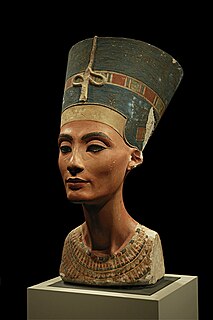 W
WThe history of accounting or accountancy can be traced to ancient civilizations.
 W
WThe history of agriculture records the domestication of plants and animals and the development and dissemination of techniques for raising them productively. Agriculture began independently in different parts of the globe, and included a diverse range of taxa. At least eleven separate regions of the Old and New World were involved as independent centers of origin.
 W
WIn 1769 the first steam-powered automobile capable of human transportation was built by Nicolas-Joseph Cugnot.
 W
WThe history of aviation extends for more than two thousand years, from the earliest forms of aviation such as kites and attempts at tower jumping to supersonic and hypersonic flight by powered, heavier-than-air jets.
 W
WThe history of chemistry represents a time span from ancient history to the present. By 1000 BC, civilizations used technologies that would eventually form the basis of the various branches of chemistry. Examples include the discovery of fire, extracting metals from ores, making pottery and glazes, fermenting beer and wine, extracting chemicals from plants for medicine and perfume, rendering fat into soap, making glass, and making alloys like bronze.
 W
WThe study of the history of clothing and textiles traces the development, use, and availability of clothing and textiles over human history. Clothing and textiles reflect the materials and technologies available in different civilizations at different times. The variety and distribution of clothing and textiles within a society reveal social customs and culture.
 W
WThe history of cosmetics spans at least 7,000 years and is present in almost every society on earth. Cosmetic body art is argued to have been the earliest form of a ritual in human culture. The evidence for this comes in the form of utilised red mineral pigments including crayons associated with the emergence of Homo sapiens in Africa.
 W
WThe concept of engineering has existed since ancient times as humans devised fundamental inventions such as the pulley, lever, and wheel. Each of these inventions is consistent with the modern definition of engineering, exploiting basic mechanical principles to develop useful tools and objects.
 W
WFerrous metallurgy is the metallurgy of iron and alloys. It began far back in prehistory. The earliest surviving iron artifacts, from the 4th millennium BC in Egypt, were made from meteoritic iron-nickel. It is not known when or where the smelting of iron from ores began, but by the end of the 2nd millennium BC iron was being produced from iron ores from at least Greece to India, and more controversially Sub-Saharan Africa. The use of wrought iron was known by the 1st millennium BC, and its spread marked the Iron Age. During the medieval period, means were found in Europe of producing wrought iron from cast iron using finery forges. For all these processes, charcoal was required as fuel.
 W
WMining is the extraction of valuable minerals or other geological materials from the Earth, usually from an ore body, lode, vein, seam, reef or placer deposit. These deposits form a mineralized commodity that is of economic interest to the miner.
 W
WThe history of technology is the history of the invention of tools and techniques and is one of the categories of world history. Technology can refer to methods ranging from as simple as stone tools to the complex genetic engineering and information technology that has emerged since the 1980s. The term technology comes from the Greek word techne, meaning art and craft, and the word logos, meaning word and speech. It was first used to describe applied arts, but it is now used to describe advancements and changes which affect the environment around us.
 W
WThe history of transport is largely one of technological innovation. Advances in technology have allowed people to travel farther, explore more territory, and expand their influence over larger and larger areas. Even in ancient times, new tools such as foot coverings, skis, and snowshoes lengthened the distances that could be traveled. As new inventions and discoveries were applied to transport problems, travel time decreased while the ability to move more and larger loads increased. Innovation continues as transport researchers are working to find new ways to reduce costs and increase transport efficiency.